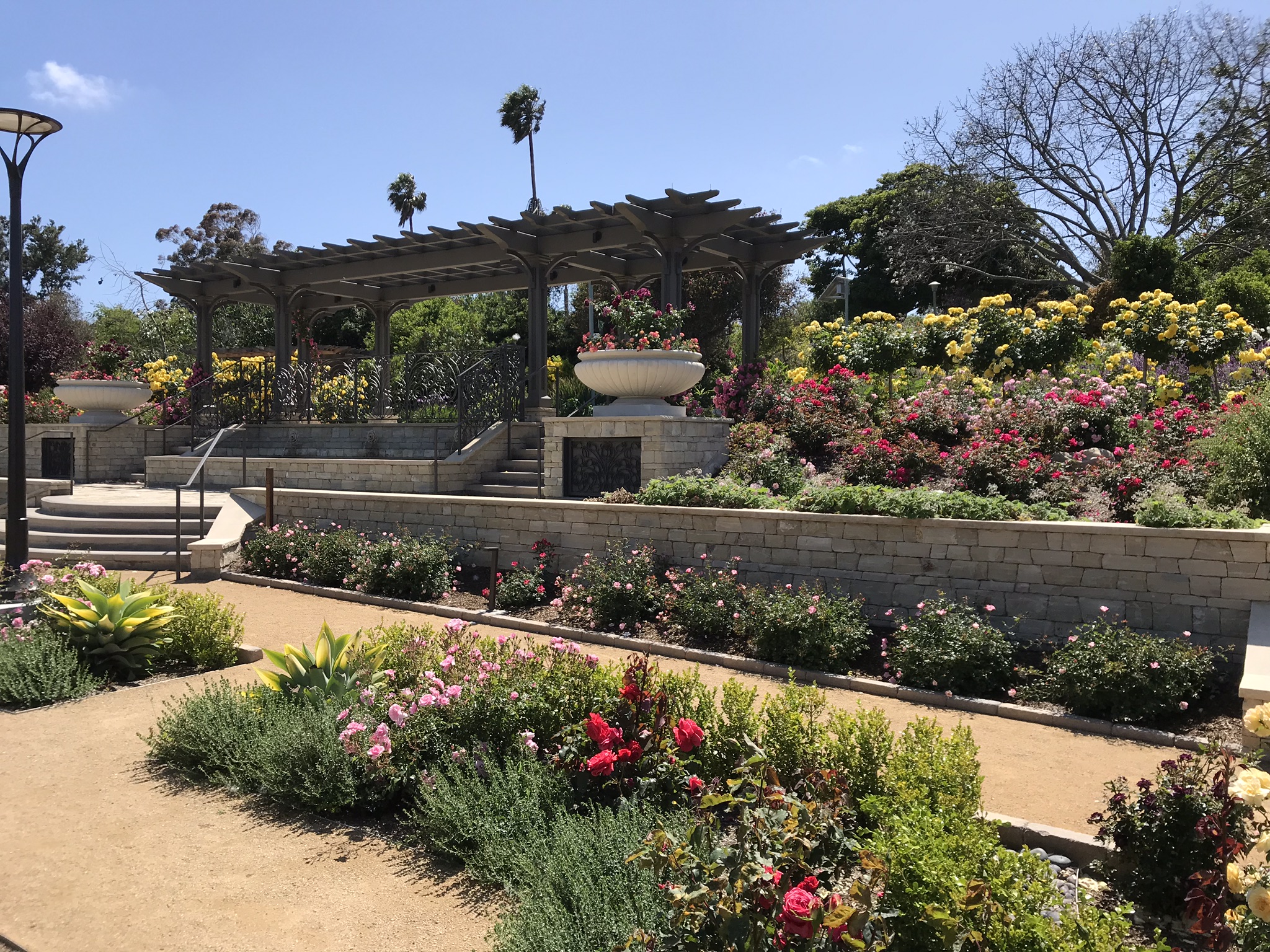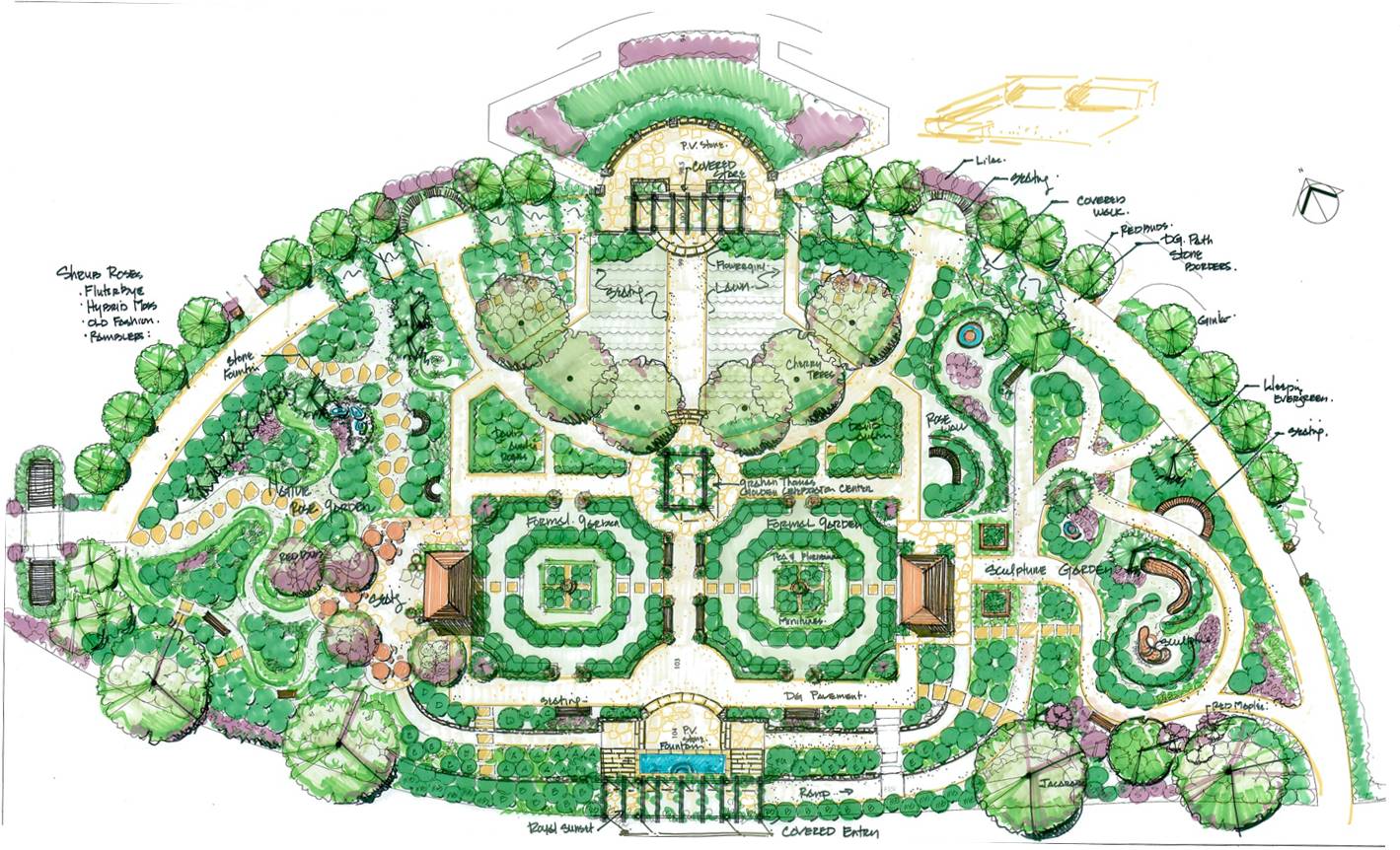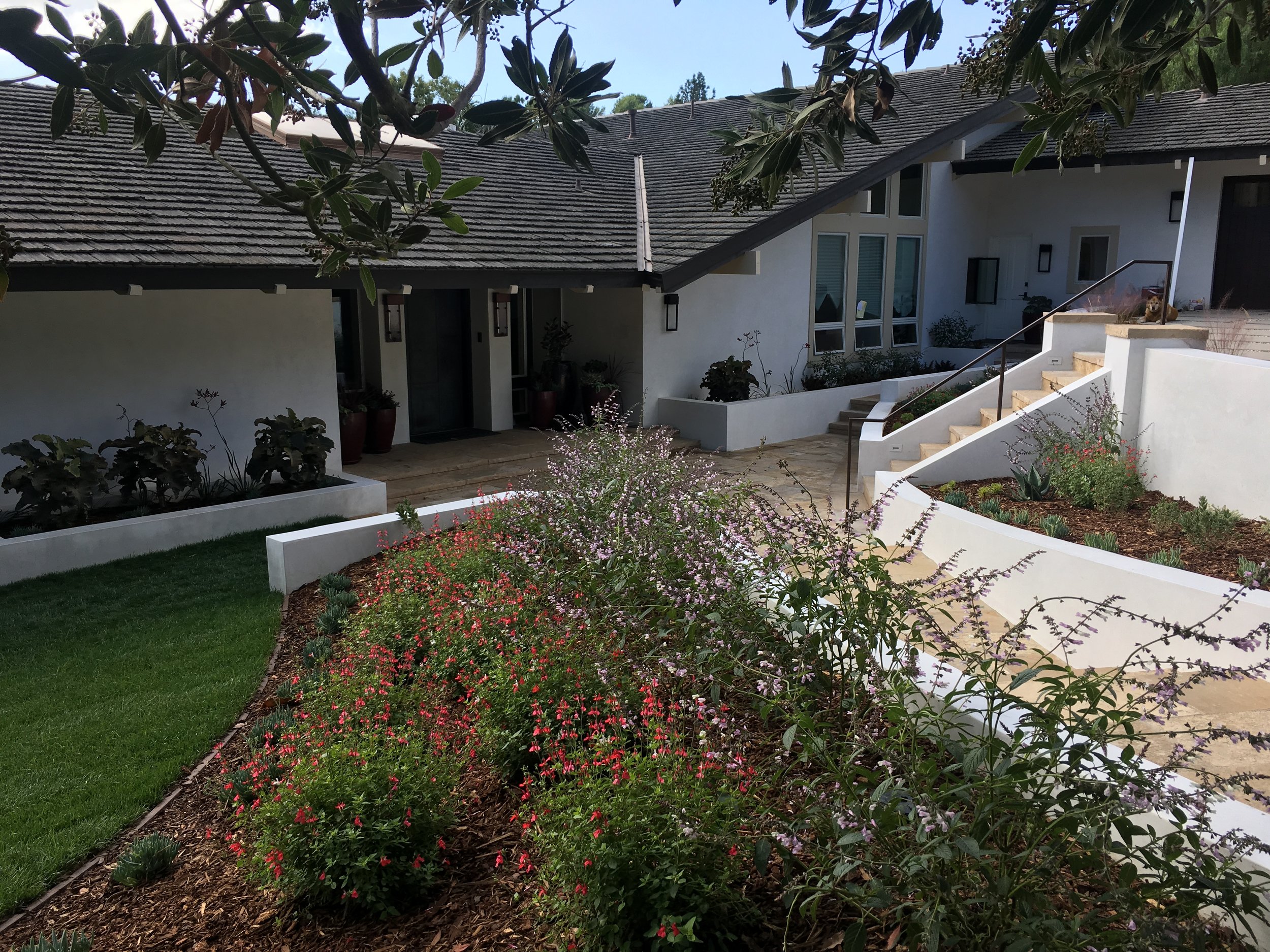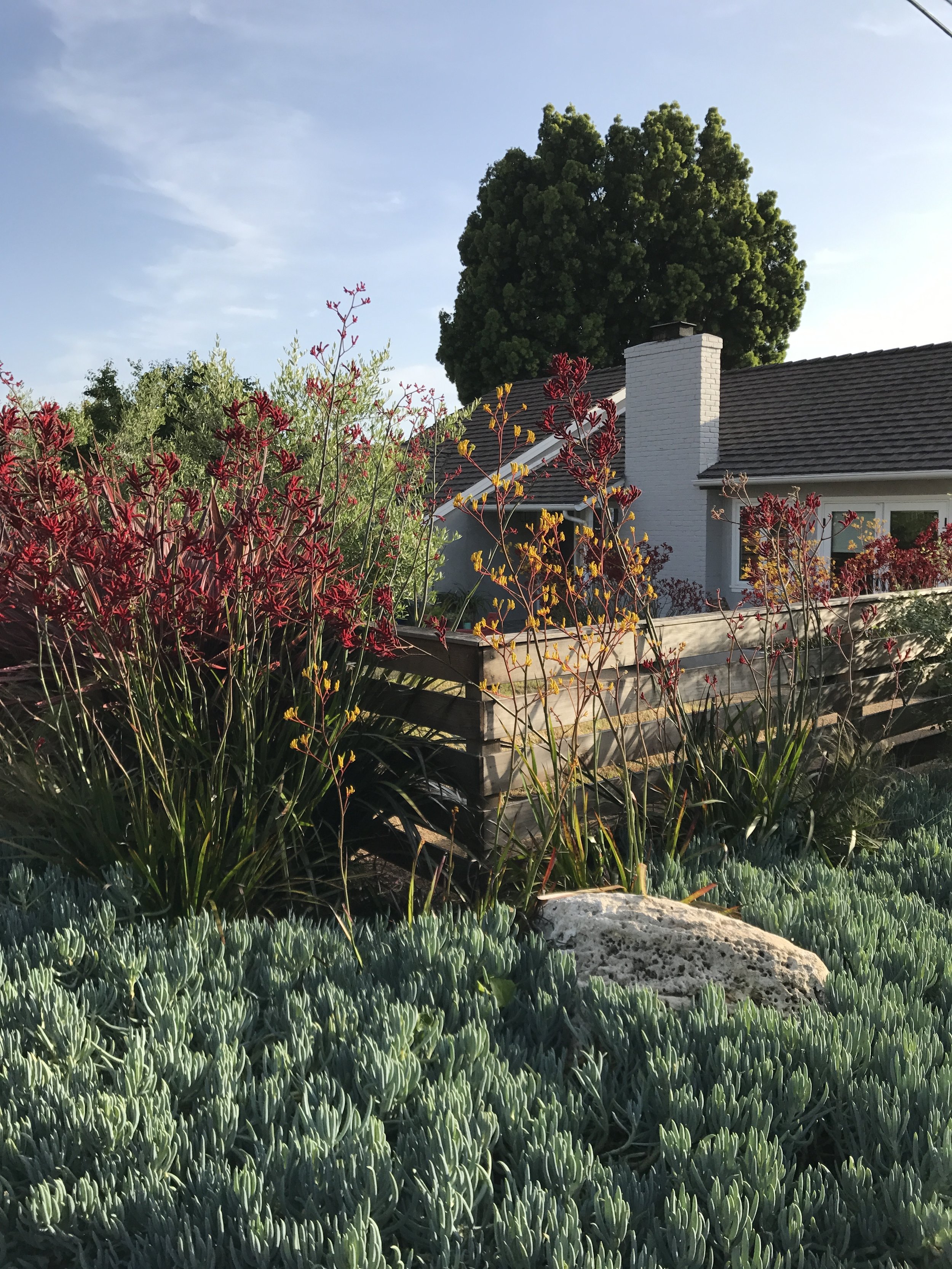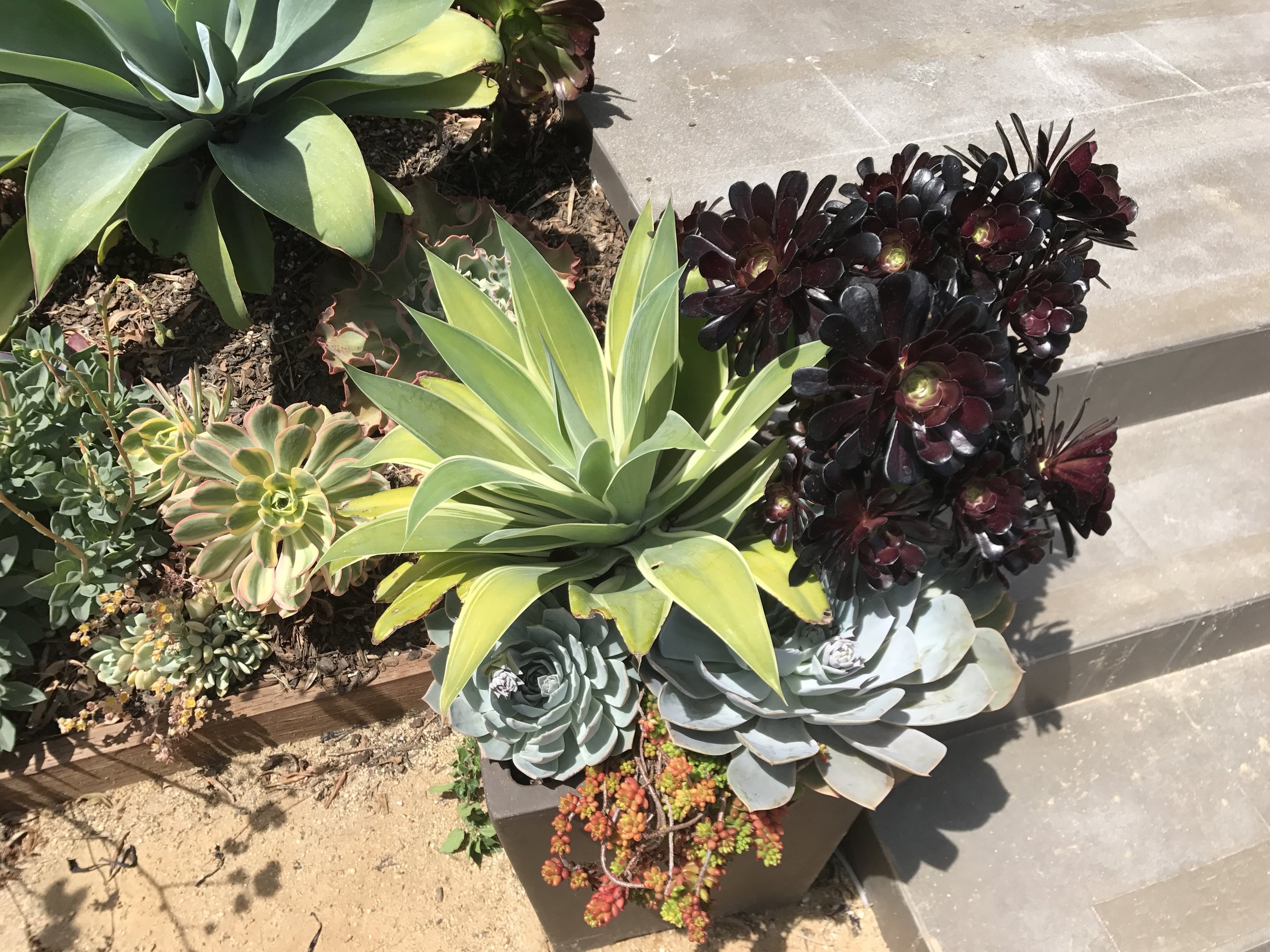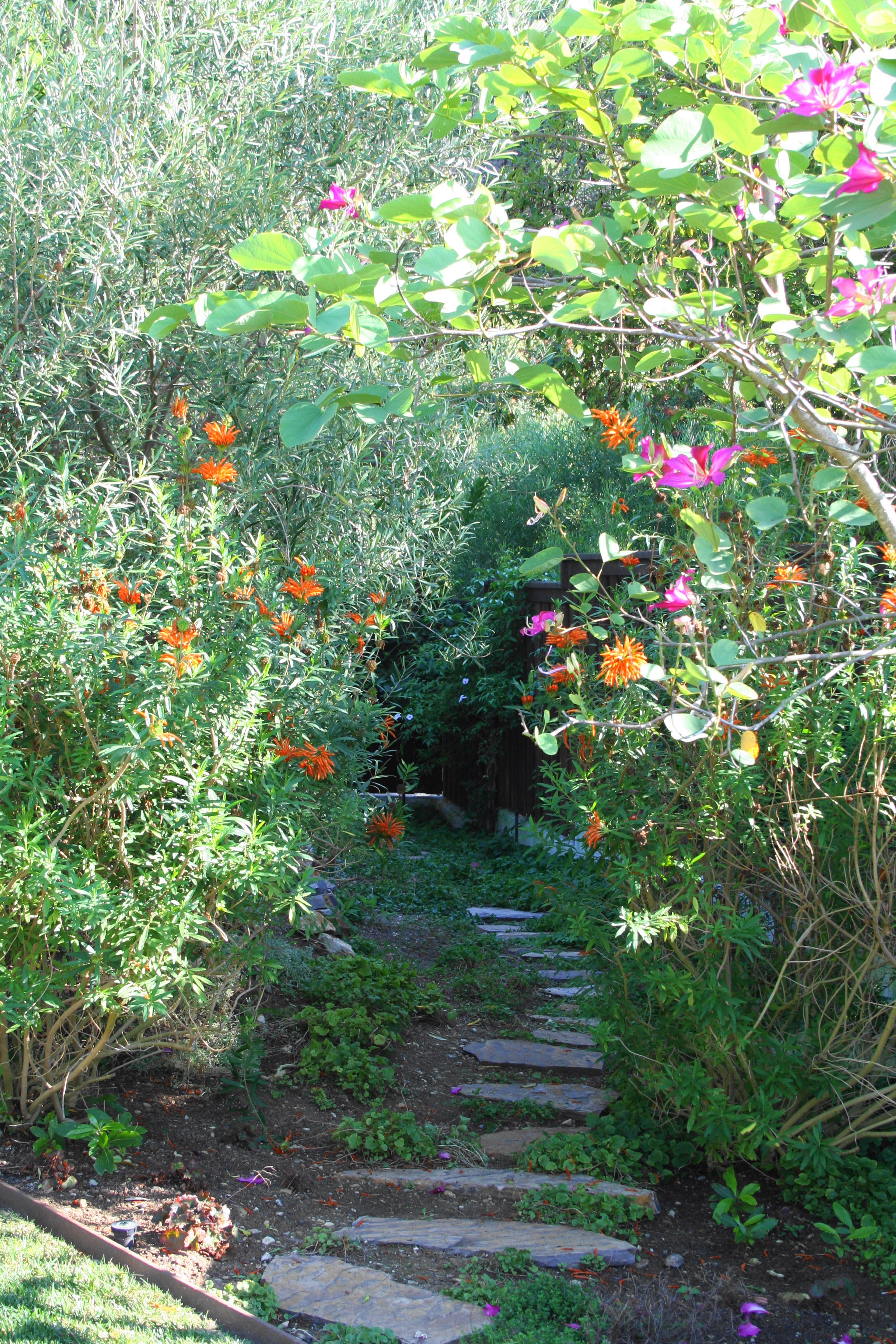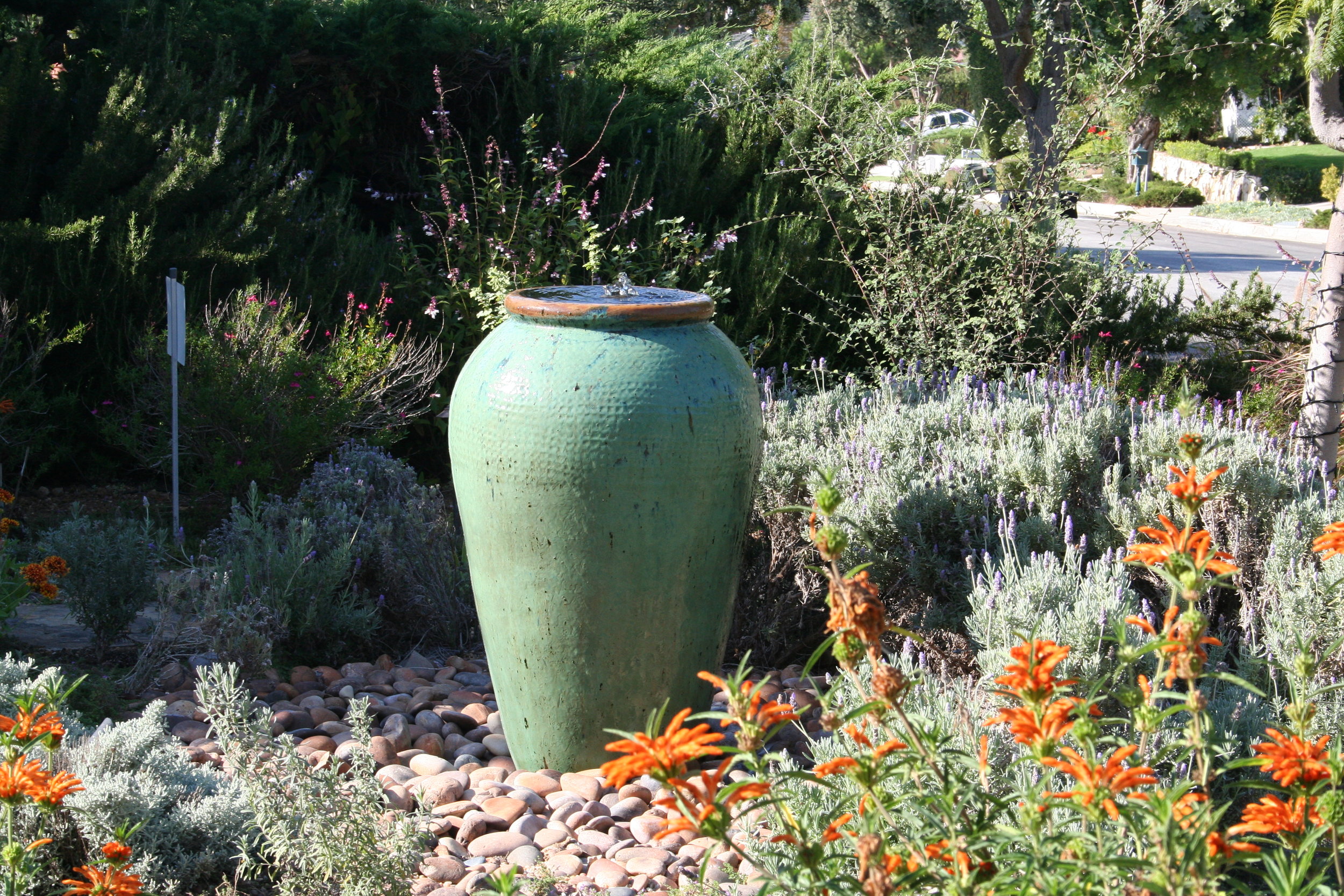As a property owner, trees can feel a little out of our control—They are often inherited with the property, located in places we wouldn’t ourselves have chosen, and their placement can be challenges to panoramic views and/or our design hopes.
It is easy to appreciate the importance of trees in a global sense. Trees are, literally, the lungs of the earth. They filter air pollution and dust particles, the evaporation of water from their leaves serves to cool the air around them, and this process of transpiration also helps in encouraging rainfall by adding moisture to the air. Trees stabilize hillsides with their myriad root systems, often as large as their canopy above ground, and they are home to a vast ecosystem of creatures that maintain the biodiversity of our region.
We’ve all been informed of the damage that is being done to the world population of trees. In the Amazon, rain forests are regularly chopped down for exotic woods and export, and to clear land for agriculture. It is estimated that 4% of the world’s forests burn each year (under mostly natural circumstances), but this does not consider catastrophic events like the 2019 fires in the Amazon.
In the past decade Los Angeles has seen the drastic decline of its tree population due to drought and neighborhood development. Parkway trees, in particular, have been the biggest casualty during this time. Just take a drive from Rancho Palos Verdes to Palos Verdes along PV Drive West, and notice the number of trees missing in RPV and the increased dust and heat. You can feel the difference when you breathe in. Also, trees can offer properties protection and buffering from rain, noise and wind.
That being said, these issues might seem a little far away, particularly when we live in one of the most forested parts of urban Los Angeles County, where it might be easy to forget the impact of one tree, especially if it is blocking a view or is inconveniently located.
We literally have lost sight of the forest for the trees.
It can be hard as a homeowner to remember the intrinsic value of mature trees, and the passive investment they represent, especially if they present as barriers to our perception of what makes our property valuable. Even here on the peninsula, views and convenience are taking precedent over our urban forest. But these trees are not just our responsibility, they are crucial to our own well-being.
- One stone pine tree has an average life span of 150 years and produces 3 tons of oxygen per year.
-Mature trees are a crucial piece of the carbon cycle, absorbing on average 48 pounds of carbon dioxide per year in exchange for the oxygen we breath. About 45% of carbon stored on land is stored in Earth’s trees.
-It can take 30-50 years before a tree reaches its peak level of maturity and oxygen production.
-Neighborhoods with trees are of higher value and see lower rates of crime, on average.
Even stepping outside of this magic, it is impossible to overstate the importance of trees to our ecosystem and personal well-being. But how do we square our design and convenience needs when assessing a property with their presence? Each case is unique, but there are many solutions to keep mature trees on property when working on a design project. Think about a piece of fast fashion or Ikea furniture—they might be on trend now, but there is something to be said for that 100 year-old-piece that anchors a room and gives a space warmth, depth and stature. Mature trees can work in the same way and with the right guidance, these beneficial elements can be woven in to even the most ambitious design project.
Resources/Citations:
https://www.usda.gov/media/blog/2015/03/17/power-one-tree-very-air-we-breathe
https://earthobservatory.nasa.gov/features/ForestCarbon
https://www.pvestates.org/government/commission-and-committees/parklands-committee

